

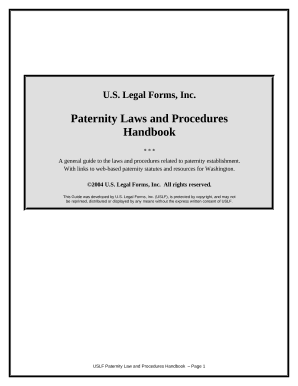



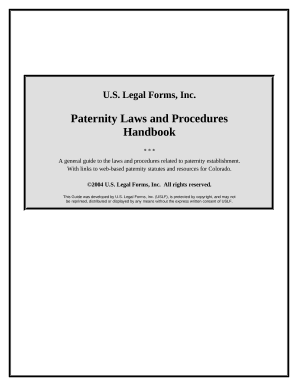
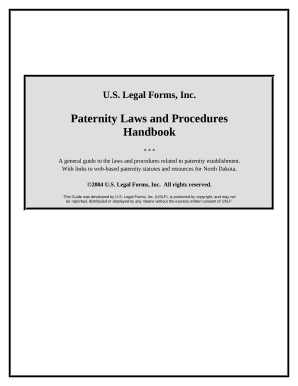
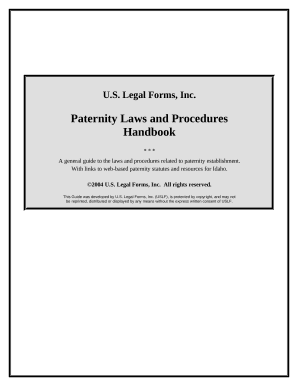
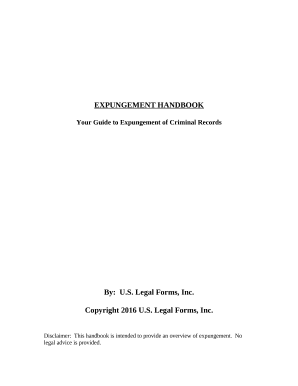
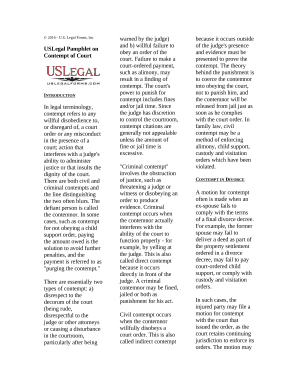

Document administration can overpower you when you can’t discover all the forms you need. Luckily, with DocHub's considerable form library, you can find everything you need and swiftly manage it without the need of changing between apps. Get our Legal Procedure Guides and begin working with them.
Using our Legal Procedure Guides using these basic steps:
Try out DocHub and browse our Legal Procedure Guides category easily. Get your free account right now!